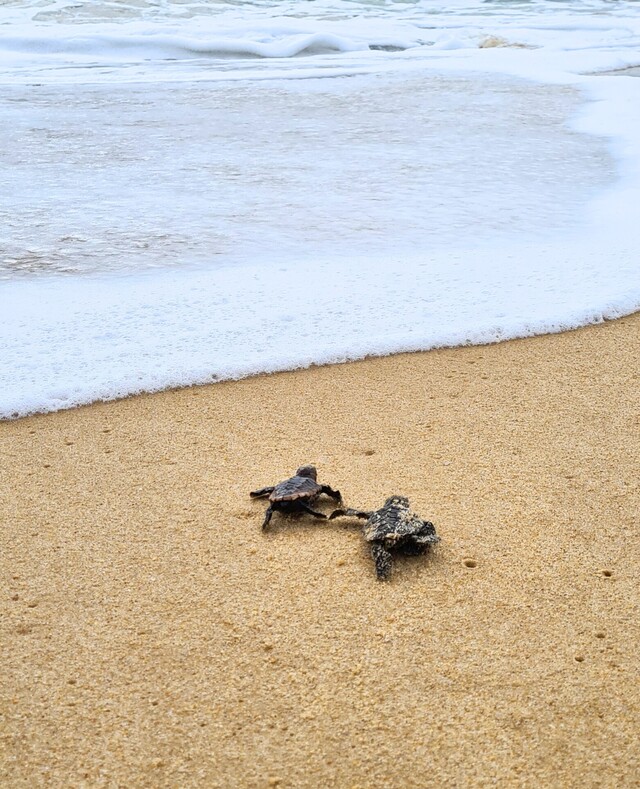
A decade-long campaign against a rampant feral predator has yielded fantastic results for our precious native species, latest data shows.
Sunshine Coast Council’s Coastal Fox Control Program runs from autumn to spring each year, with operations recently resuming for the tenth year.
With this season’s vital program now underway, Council analysis has found more than 45,000 animals have been saved through the program’s removal of 217 foxes through the program.
The program first began in 2015 in response to community concerns that European red fox numbers could decimate native fauna, including hatchlings of the endangered green and loggerhead turtles.
Council estimates that fox control throughout the program area since 2015 has saved about 8100 native small mammals, 27,100 birds, 9100 reptiles including turtle hatchlings and 600 macropods.
This data is based on studies of fox diets in our region in partnership with Department of Agriculture and Fisheries researchers.
Using data of animal remains in local fox scats, researchers developed a formula to estimate the number of animals a fox kills, and the number saved by removing the opportunistic predator.
The program aims to decrease fox populations at a time when they are most active and to reduce their predation on vulnerable native species, including the spotted tail quoll, water mouse, Eastern ground parrot, and of course turtles at the crucial egg and hatchling stage.
Division 9 Councillor Maria Suarez said keeping fox numbers down required a strategic, consistent approach backed by research and supported by the community.
“Foxes are a scourge and have had a devastating impact on our native wildlife, all across Australia,” Cr Suarez said.
“Our community is closely connected to nature and wildlife, so it is imperative we maintain these efforts to continue nurturing and enhancing our environment and quality of life.
“This targeted program complements our ongoing fox control throughout our region.”
If you spot a suspected fox den in the program area, report it to Council on 5475 7272. You can also view the fact sheet to learn how to identify a fox den on Council’s website.






